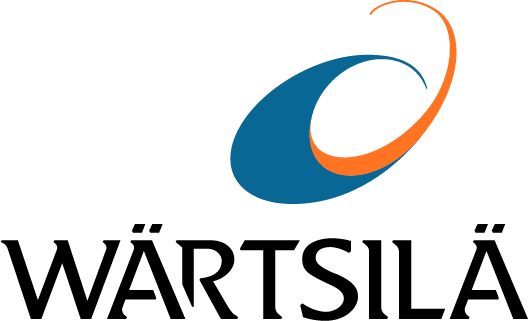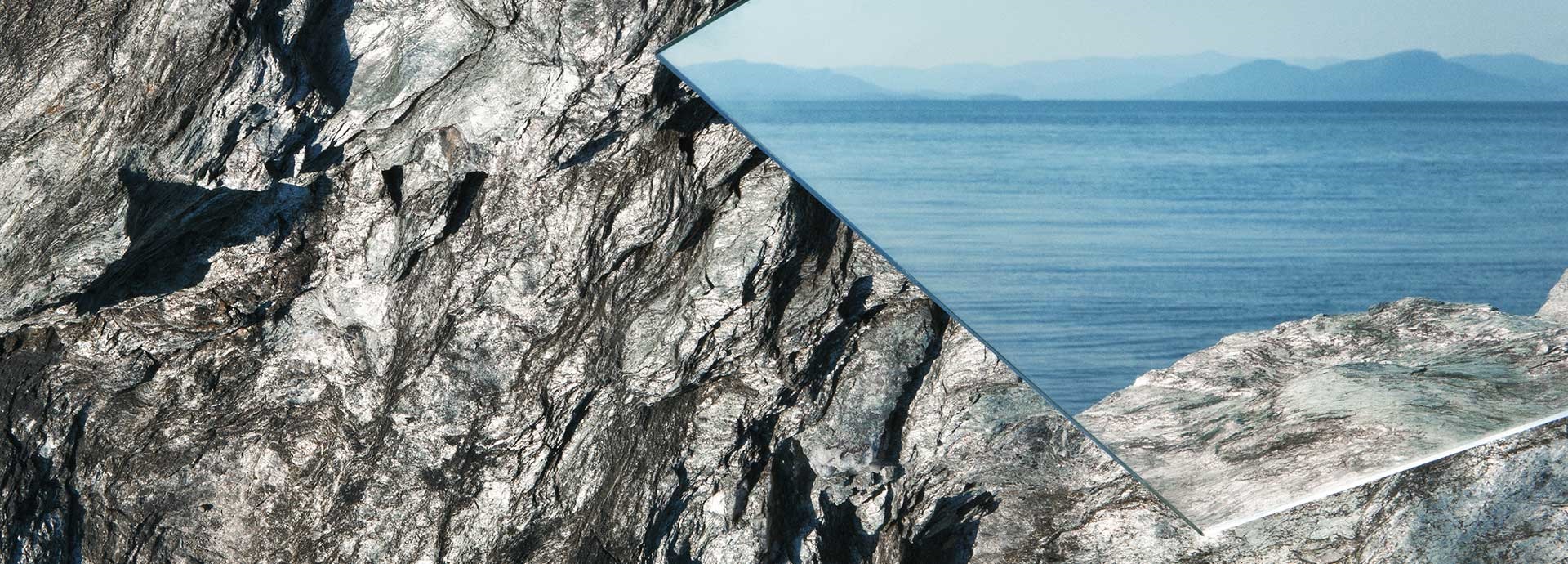

5803 results
A controlled cathodic protection of the hull against corrosion. The system incorporates a rectifier which supplies an automaticallyregulated direct current to the permanent anodes.
A rotating member of a turbine, blower, fan, pump, or water propulsor.
Conventions and other mandatory documents such as codes referred to in conventions.
see International Maritime Organization.
A protective suit that reduces the body heat-loss of a person wearing it in cold water, e.g. when rescuing someone from the sea.
The change in draught resulting from the addition or removal of the particular mass. In SI system it is called tonnes per centimetre immersion, TPC.
The period between the beginning of fuel injection into an engine cylinder and the begining of combustion.
The setting on fire of an explosive mixture, usually within an engine cylinder.
Icing caused by freezing sea spray or snow forming a layer of ice on deck and superstructure when operating in low temperatures may have major impact on the safety and general operation of a vessel.
An azimuthing, pulling thruster developed by Wärtsilä and designed to 1A Super Ice Class or higher standards.
VITUS BERING is the icebreaking platform supply and emergency rescue vessel built by Arctech shipyard at Helsinki.
Finland is entirely dependent on icebreakers to keep its trade routes open in winter. Icebreakers are normally in operation from mid November until the end of May.
A vessel used for keeping a navigable passage open through ice. Icebreakers are grouped in ice classes according to the thickness of the ice to be broken.
Temperature in the Baltic, typically –15°C. Temperature in the Artic, down to –40°C.
Ships intended for navigation in ice conditions are specially reinforced. Ice strengthening concerns the side shell structure, stem, stern frame steering gear, propeller and shafting.
For the operation in the Baltic, the Finnish-Swedish Ice Class Rules (FSICR) and the Russian Maritime Register (RMR) Ice Class Rules (Non-Arctic Sea Area Requirements) are applied.
A class notation given to vessels, which have additional strengthening to enable them to operate in ice bound regions.
The ice-strengthened area of the shell plating, usually divided into the forward region, the midship region and the aft region.
see International Bulk Chemical Code.
Laser-welded sandwich panels, developed by Macor Neptun and Meyer Werft, used as a deck construction material.